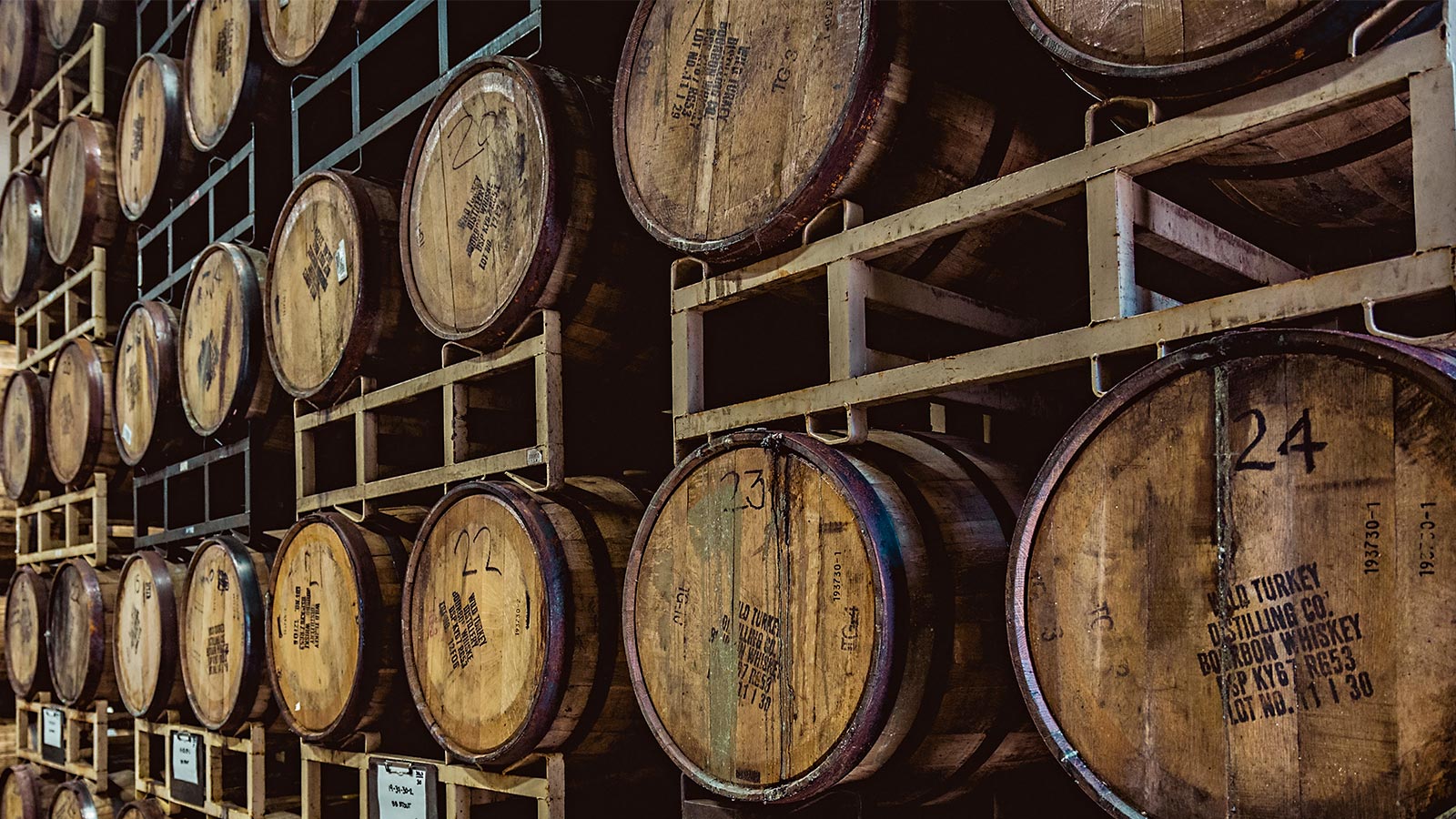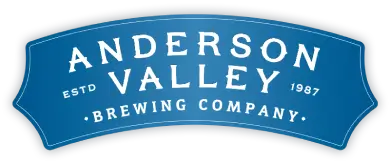
Behind The Barrel

Take a Peek Inside Our Bourbon Barrel Aged Beers
If you’re a whiskey, rum, tequila or wine aficionado chances are you’re knowledgeable as to the role that barrel aging plays in providing nuance and depth to your favorite beverages, but you may not be as familiar with the process of barrel aging when it comes to some of your favorite beers. At AVBC we give bourbon and wine barrels a noble second life, using them to impart flavor and patiently mature a variety of barrel-aged beers. While we produce a range of mixed culture and barrel-soured beer, our bourbon barrel program is our most widely available and widely known. Take a dive inside the bourbon-barrels this week as we explore the oak, methods, and techniques we use in this program to craft our Barrel Series.
Humble Beginnings
The story of our Barrel Series beer begins around eighty years ago in Appalachia with an American White Oak tree taking root in the Kentucky soil. Decades before the Anderson Valley Brewing Company will be formed our little sapling struggles for space and sunlight. The tree grows tall and strong as it reaches upwards (and outwards) for eighty years while its trunk grows thick and its grain tightens. One day it catches the eye of a master logger, surveying a stand of timber. He carefully fells the tree, removes the limbs, and marks the useable lengths of the log to be cut. From there the wood is transported to a stave mill where a cooper smith (barrel maker) cuts long oak planks that will be fashioned into staves, then skillfully attached together with a hoop to form a barrel. The inside of the finished cask is then charred for fifteen to fifty-five seconds depending on its intended use. Over the years most bourbon makers have settled on a heavy #4 “alligator char” named for the alligator-like scales that appear after fifty-five seconds of intense heat.
After the barrel is “toasted” the real magic begins. After fermenting and distilling the mixture of corn, rye and barley, the young whiskey is put into the barrel where it slumbers for over two years, taking on the tannins from the oak, a rich golden hue from the char, and flavor and aromatic complexity as micro aeration and evaporation transform a once simple grain alcohol into a world class spirit. The bourbon is then bottled, and because bourbon can only be aged in new (unused) barrels by law, the used barrel is now useless to the distillery—but not to us.
For us – the barrel still has plenty of life. Over the years the oak has become mellower and less tannic and the residual bourbon flavor trapped within the oak provides the perfect backbone to enhance, without overpowering, our Barrel Series.

Why Barrel Age Beer?
Brewmaster Fal uses the barrel aging process in much the same way whiskey and wine makers do, allowing the wood to naturally aerate the beer during the aging process, imparting subtle flavors and a rich mahogany color. The bourbon barrels are ideal for ales, stouts and porters, but for our sour barrel beers Brewmaster Fal opts for used wine barrels. Made mostly from french oak, the wine barrels offer more subtle tannins and less imparted flavor from a more delicate char. While the sour beers are aged in cooler temperatures where evaporation isn’t a factor, Fal tops off the ales, stouts and porters every six months to account for evaporation.
How Long Does a Barrel Last?
For the Huge Arker and Old Fashioned the barrels are used once over a 12 month period to impart the maximum amount of bourbon flavor into the beer, whereas barrels for the Bourbon Barrel Stout and Salted Caramel Porter are used twice, for 6 months each, with each packaged beer being a blend of first and second-use oak. By contrast, our aged sours barrels may see up to ten different batches and be used for up to 4 to 6 years.
How Long Does a Barrel Age Beer Last Once it’s Bottled?
Can you age these beers? Absolutely, but there’s a limit. “With proper storage in a cool dark place, you could expect twelve months of peak drinking from our bourbon barrel beers and possibly up to five years from one of our aged sours, which tend to age longer. Out of curiosity I just cracked open a six year old Huge Arker and a five year old Thribble Currant, which is my favorite beer we brew. Unfortunately, both were slightly past their prime,” says Fal.
Thirsty for More?
Want to learn more about the process of barrel aging, how wood affects flavors and the history of humankind’s most enduring storage vessel? Fal recommends Wood & Beer by Dick Cantwell and Peter Bouchaert.
What do we do When We’re Done with the Barrels?
We make sure they are recycled and find a new home! We’ve even donated and given away literally thousands of barrels. From homemade furniture to outdoor planters we love to provide a third home to these retired alcohol receptacles. Keep your eye on our Instagram and Facebook social media feed for your chance to snag a few barrels. Everyone knows that potted flowers are happiest when they’re nourished with the nuances of bourbon and a hint of Old Fashioned.


